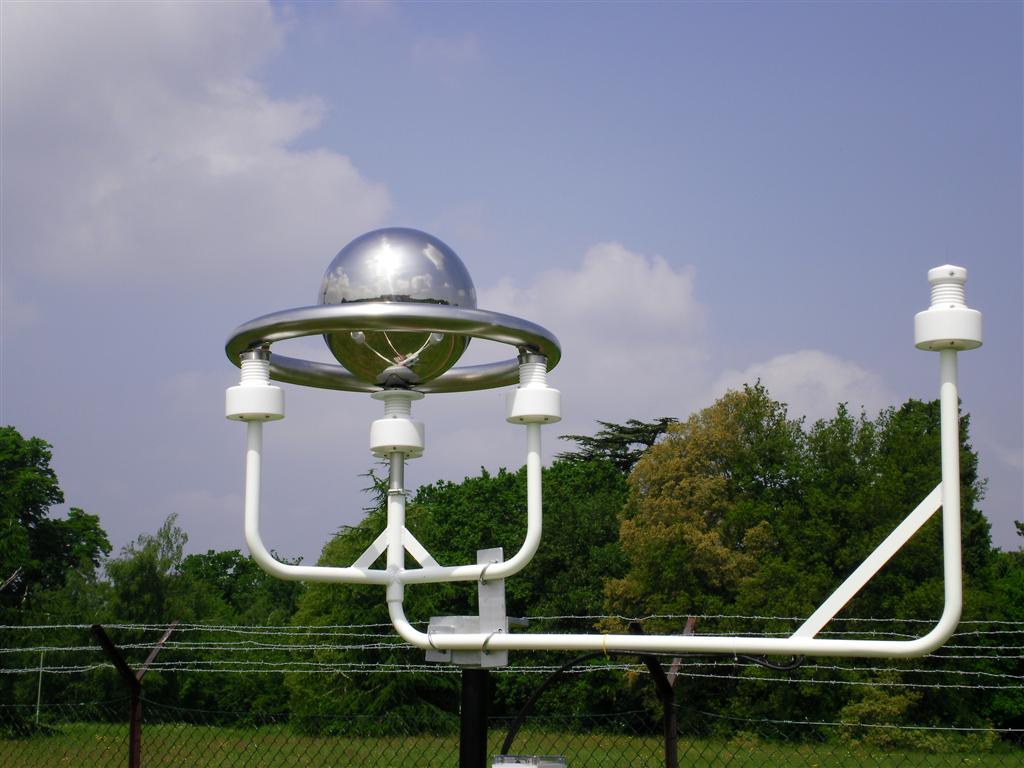
The Beetle technically needs 5V, but it will still operate on the roughly 4V from the LiPo. This feeds the raw voltage of the LiPo battery straight into the microcontroller. Then connect the positive (+) and negative (–) terminals of the LiPo charger to the positive (+) and negative (–) terminals at the front of the Beetle. You don’t need them, and they take up space. Unsolder the green terminal blocks from the LiPo charger.

You can see how I assembled my freeform circuit for this project in the video above. I like to cover my freeform circuits with a 3D-printed case at the end. This makes the project much smaller and faster to assemble, but can produce less aesthetically pleasing results. Rather than affix the parts to a substrate such as a perf board, you can just connect everything with wires instead (Figure B). This device is a great candidate for the circuit assembly technique known as free-forming. Note that the connection between the LiPo battery and the LiPo battery charger is via the JST male/female connectors and does not require soldering. Subscribe to the premier DIY magazine todayĬommunity access, print, and digital Magazine, and moreįigure A depicts the entire circuit. Skill builder, project tutorials, and more On Maker Campus facilitated by makers but for everyone Get hands-on with kits, books, and more from the Maker Shed A project collaboration and documentation platform.Membership connects and supports the people and projects that shape our future and supports the learning initiatives for the next generation of makers.
#Best lightning detectors free
A free program that lights children’s creative fires and allows them to explore projects in areas such as arts & crafts, science & engineering, design, and technology.Find enriching and interactive events, classes, workshops, and more. Maker Campus is a place to connect, learn, and make together.Maker-written books designed to inform and delight! Topics such as microcontrollers including Arduino and Raspberry Pi, Drones and 3D Printing, and more.A smart collection of books, magazines, electronics kits, robots, microcontrollers, tools, supplies, and more curated by us, the people behind Make: and the Maker Faire.



 0 kommentar(er)
0 kommentar(er)
